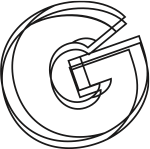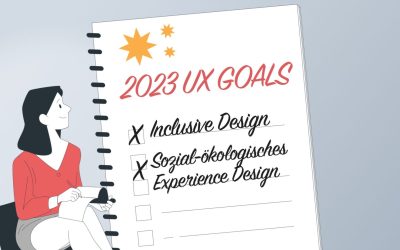Or: Why Designers have to think strategically.
The purpose of this blog post is simple: We want to write a little bit more about things that we have learned, our process and yes – even about some mistakes we have made since we teamed up and founded our little design studio back in 2011 to share it with our fellow designers and our clients, because ‘design’ is often misunderstood and it often got this mysterious, ambiguous character – like ‘please make things look pretty’.
Please, really stop these thoughts. It’s not about make things look pretty. As designers we have to know what we should design and therefore we have to constantly ask WHY. Why should we do this or that and not the other way? What is the underlying reason, the goal, the objective of your new website or product/service or the relaunch of it?
Wait – what – you can’t tell exactly?
Okay let’s dive a bit deeper:
It is of course the most challenging question of any business: The question of why you do what you do. What is the reason of it all? What is your overall goal and why? What are your values? Whrere do you want to get? What is your Vision? Can you describe your business in adjectives?
Design decisions should be based on these overall Goals and values.
Most businesses define their goals without their target groups in mind and with some overall phrases like ‘It’s for everybody and the entire world’ or: ‘we want to earn money‘.
Yeah, nice , but why should I choose YOU and not someones elses website/product/online shop/whatever? What is the difference between you and your competitors? What exactly is your point? Of course you want to earn money, like nearly everybody wants. Please try to break things a little bit down and be more specific.
Products/Services should be designed to serve business goals which means: Websites, Services and Products are designed to fullfill the underlying business goals and to maximize value for the business and this is what we call UX or Design Strategy. (and yes: with the users in our mind!) Btw: metrics are your friend when it comes to keep track of the UX/Design Strategy.
So the question of the underlying business goal is a very important question designers should be aware of and ask themselves more than anything else before getting to their desk and start scribbling _anything_.
You cannot design anything if you do not have any clue FOR WHICH GOALS you should design that thing – otherwise you’re a monkey-like pixelpusher just operating photoshop to someone elses orders, or an artist.
If you cannot answer this very basic question, go and ask your client. If they cannot answer your questions about the long termed goals or mid/short term objectives in a clear and compact manner or everybody is telling you something different – and you will be surprised how often that will happen – you have to ask further questions.
And this will go deep into business strategy. It’s not about stealing someones elses’ job within the team, its not about you will drive their complete business strategy, but it means you will have to work close with those guys who are doing this. You have to get to the ‘core’ of the product and you have to ask questions that will hurt sometimes. Furthermore, you have to align different expectations what the business/product stands for within the team.
You as a designer need to strat thinking strategically, because design will drive business strategy, and this is what you have to communicate to the business who you are working for.
Of course there are several methods to get to the point. One of them is an ‘elevator pitch’ – it’s a simple mad lib text, which should be completed by the project team.
We adapted this method from US based UX consultants Adaptive Path. It helps to tease out the business goals of our clients and it works quite well. We use it in Kickoff Meetings or if we have the concern that the goals and/or objectives for the product we should help building are not clear (or communicated in a clear way to us)
The elevator pitch helps us as designers and the whole project team to get a shared understanding and a clear picture of the goals which are the basis to build a user experience/design strategy which will help maximize the value for the clients business.
We like it as a discovery tool and think it’s quite useful. The templates in English and German are available to download below – give it a try. 🙂
Go and ask questions. Don’t be a pixelpusher.
English: elevator_pitch_tpl_en
German: elevator_pitch_tpl





